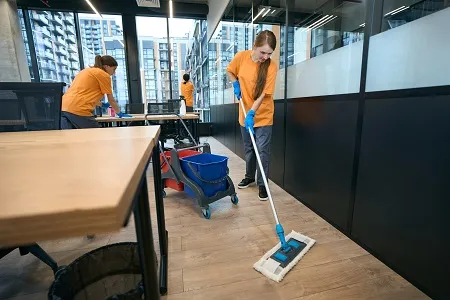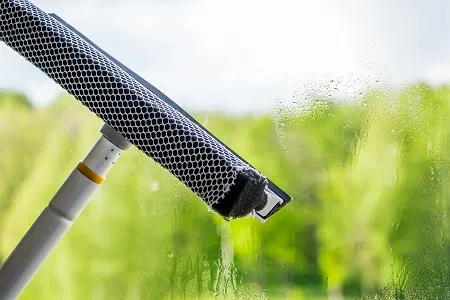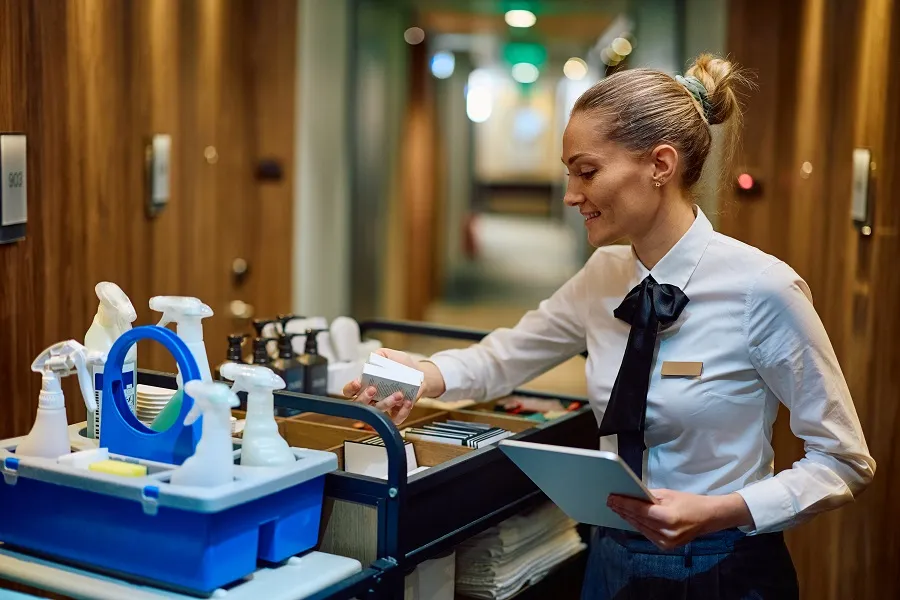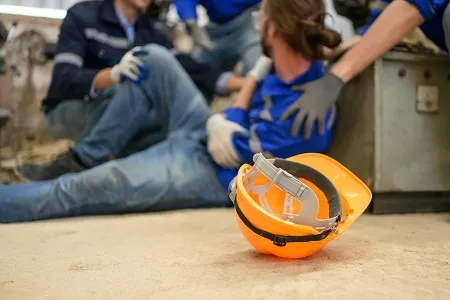Health and Safety for Cleaners and Janitors
Cleaners and janitors play a critical role in keeping institutions and workplaces safe, clean, and aesthetically pleasing. However, the majority of cleaning operations include the use of cleaning equipment and chemicals and working in unsafe conditions. This makes cleaning work quite dangerous, with figures from Safe Work Australia indicating that cleaners are more susceptible to injuries compared to those working in construction sites.
Managers or contractors need to make sure that the cleaning staff are thoroughly trained and are familiar with the risks associated with the tasks they undertake. Such leaders also need to control such risks so that the cleaners and every other person using the building is kept safe.
Common safety risks and hazards for cleaners and janitors
Some of the hazards which cleaners and janitors are susceptible to include:-
Chemical hazards
most cleaning solutions and detergents contain ingredients that could be toxic if touched or inhaled. This includes cleaning chemicals that are supposedly green, especially if they are mishandled.
Biological hazards
this includes exposure to infectious or harmful fungi, mould, and other pathogens.
Stress
while this is commonly recognised as a hazard, it is common among cleaning staff who feel they are inadequately trained for their job. Stress could also result from overexertion, poor working conditions, and lack of proper cleaning equipment.
Physical hazards
often times, cleaners have to lift, push, pull, or carry heavy equipment, work in noisy environments, and work with equipment and tools that are not ergonomically designed, and so on. Besides, they are predisposed to slips, trips, and falls. Repetitive movements when mopping could result in physical strain on the cleaner’s back over time resulting in musculoskeletal disorders. Cleaners could also sustain physical injuries resulting from cuts from discarded sharp objects, needles, or broken glass
Assessing cleaning risks
Cleaning risks need to be comprehensively completed during the planning stage of any cleaning project. Risk assessment aims at identifying risks and hazards that could be involved in the job. The assessors should then come up with control measures to remove or minimize the chances of an accident. The work that goes into risk assessment should be commensurate to the risk. For example, cleaning jobs that will be performed using heavy machinery will need higher levels of risk assessment than minor hazards such as slips due to wet floors.
What if a company or an institution hires a contractor for cleaning services?
The contractor needs to be provided with ample information on the risks their workers will be exposed to when working on your premises. They should also be informed of the measures they need to take in order to ensure the health and safety of everyone within the premises. Cleaning contractors need to understand that they will be held liable if workers sustain injuries while the contractor is not compliant.
Protecting cleaning contractors from risks through training
The only way to ensure that the cleaning staff are aware of the risks their jobs entail and the safety measures to prevent them is through training. For instance, they need to be taught on how to handle cleaning chemicals to avoid health problems from ingesting, inhaling, or absorbing toxins through the skin. They should be trained on such aspects as :-
- The need to store chemicals correctly
- Wear personal protective equipment (PPE) such as gloves, overalls, goggles, and masks
- Use chemicals for the intended purpose and follow safe application procedures
- How to identify harmful chemicals such as corrosive substances, irritants, and toxic substances from the material safety data sheet
- The need to ensure that defective equipment is stored away
To minimise chances of trips, slips, and falls, cleaners need to be taught on the need to put warning signs when spot cleaning or after spillages. Emphasis should be laid on the need to wear appropriate footwear while cleaning. That is, footwear with a good grip and in good condition.

How Induct for Work helps in inducting cleaners
Induct for Work is an online induction platform that makes it possible for your cleaning staff to undertake induction training remotely. This implies that you do not have to schedule costly and time-consuming one-on-one induction sessions for your cleaning staff or contractor.
The platform has up-to-date templates which you can use to come up with your induction program. You can edit the induction content depending on your specific requirements by adding such documents as material safety data sheets, organisational policies, cleaning schedules, and so on. Once you generate your cleaner induction course, you only need to send a link to your inductees. The cleaners access the content at their own pace, thus they are able to retain more information. You can monitor their comprehension level and progress through questions and quizzes after each section.
Induct for Work gives you an opportunity to make the induction process more interactive and interesting through the use of games, simulations, videos, and so on. This helps the inductee retain a higher percentage of the information they are trained on. As the induction course is still available even after the induction process is over, cleaning staff can always refer should they be in doubt.
Induct for Work alerts you when contractor licenses or other documentation are due for renewal. This helps your business or institution stay compliant.
Final thoughts
Even after completing the online induction, the training needs to be reviewed from time to time to ensure that you have all your basis covered. You may need to schedule supervisions every once in a while to ensure that cleaners are keeping up with the expected standards and procedures.
Are you ready to begin online induction training for your cleaners? Request to see a demo today.
Do you have any questions or great tips to share?
Induct for Work – the only online induction system you would need to run online inductions.



